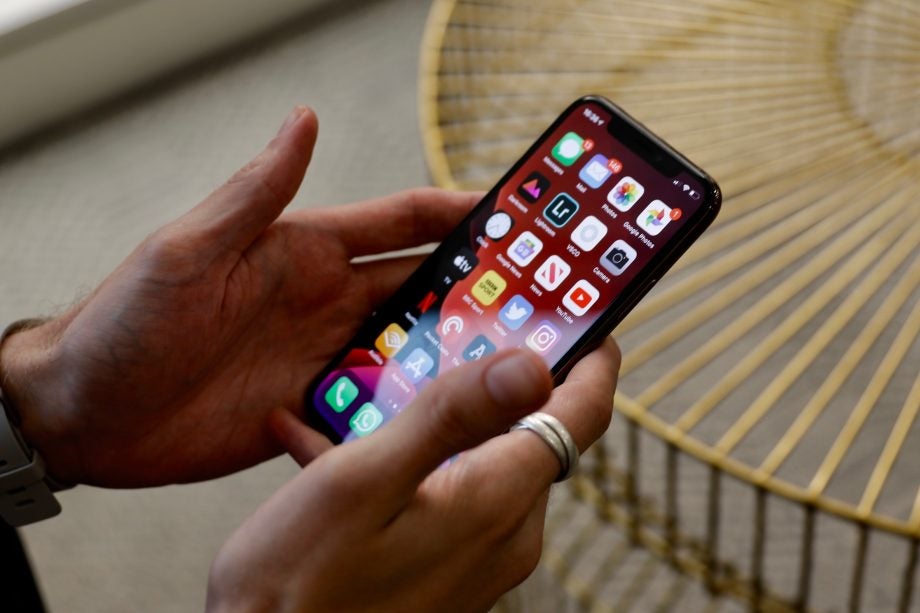Apple’s experimenting with new tech that’ll hide your iPhone screen in plain sight

New details from a US patent suggest that Apple is working on “gaze-dependent display encryption” that could make it impossible for nosy-types to see what’s on your screen.
Anyone used to commuting on a packed train or bus will be familiar with having their screen-privacy invaded. Most of the time what you’re looking at online is fairly innocent, but occasionally you need to hide your fan-fiction from strangers who are snooping over your shoulder.
Related: Best VPN 2020
It looks like Apple might be working on a solution for this problem. The company recently filed a patent for technology that would make “only the display content that the user is actively viewing recognizable…[while] an unwanted observer looking over the user’s shoulder [would be] unable to understand what is displayed.”
In short, your screen would only display images in line with your gaze, so anyone looking at it from another angle wouldn’t be able to clearly make out what you’re reading. The phone would detect where your gaze is falling via your selfie cam, and your phone screen would then figure out what to show and what to hide.
Related: Best smartphones 2020
As it’s still in patent-form, there are a lot of potential ways for this new type of software to function. One potential method would be for the screen to act as normal but detect when shoulder-snoopers are near, at which point the gaze-dependent encryption would activate and hide the parts of the screen you’re not looking at. This area could be blurred, dimmed or scrambled slightly, so the privacy function shouldn’t intrude on your viewing activites.
At the moment, anyone who feels like they need a super-secret phone display has the option of a privacy screen. But – according to this rather snooty patent, at least – these screens present problems as they are “typically bulky…[and] negatively impact the viewing quality of the display for the user.”
According to the patent, this new screen tech might not be limited to mobiles, but could also be used across laptops, tablets, and even wearable devices.


